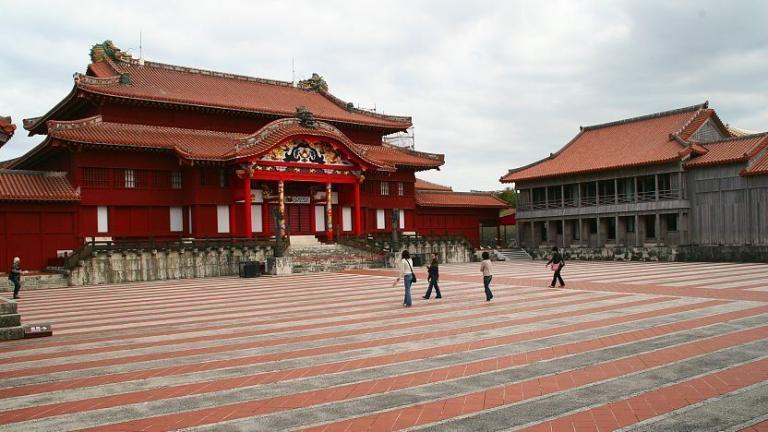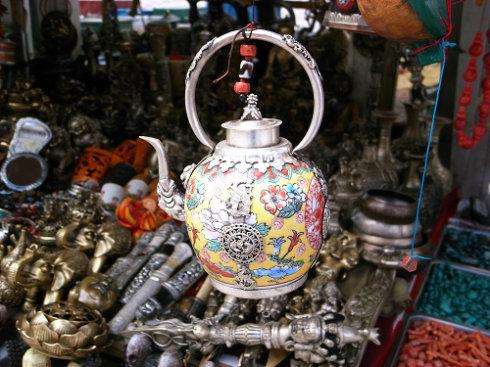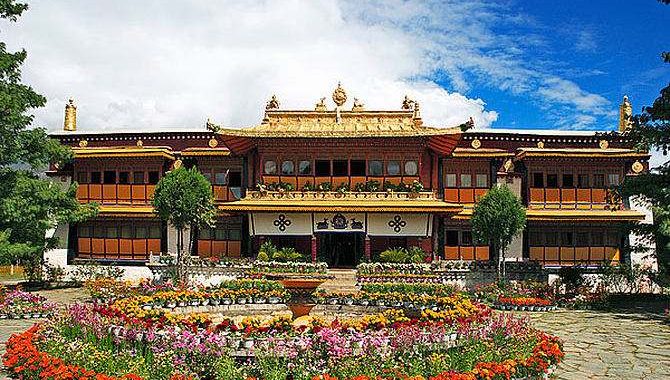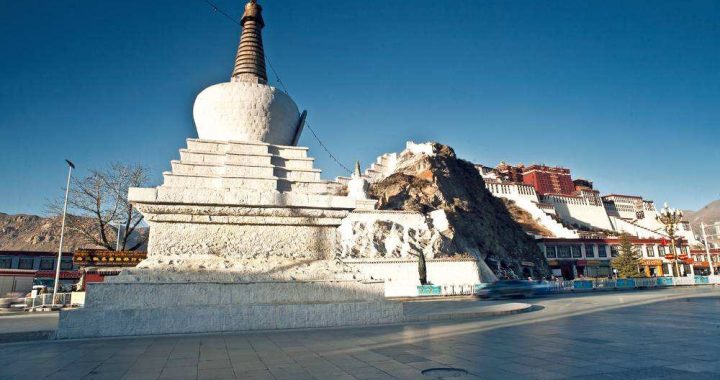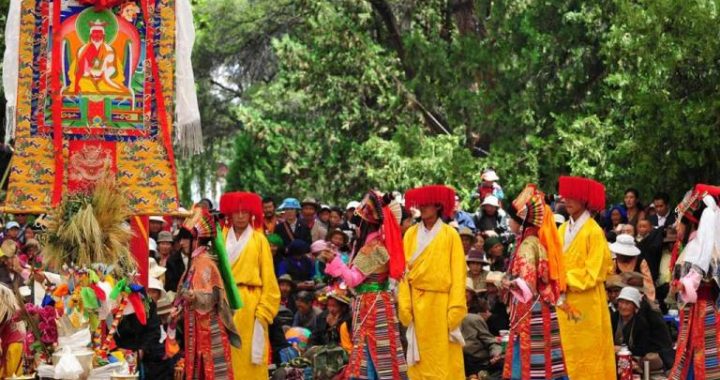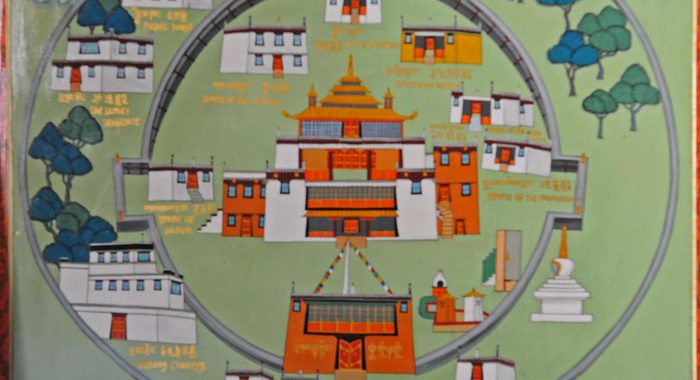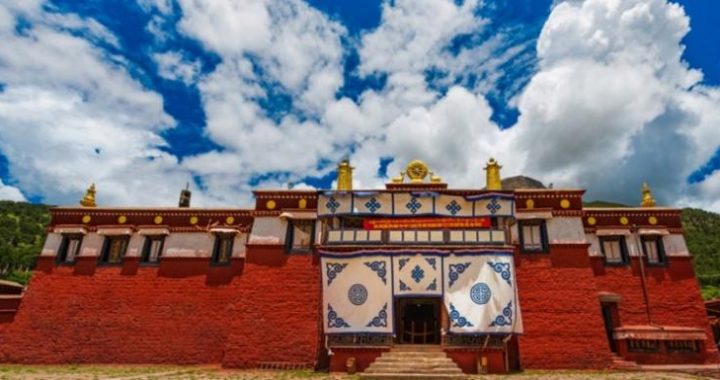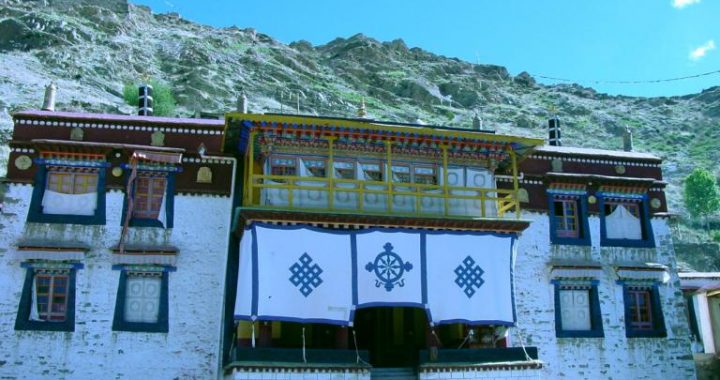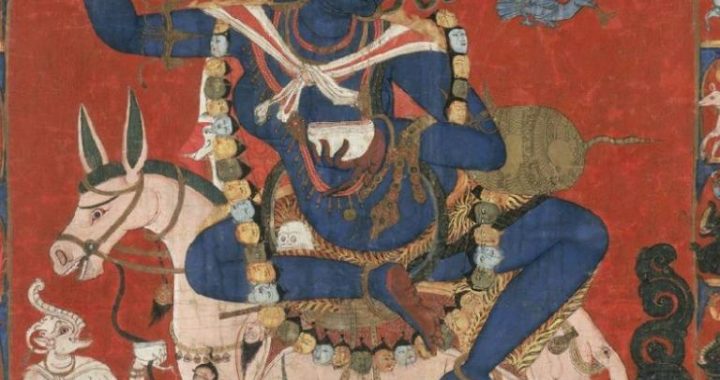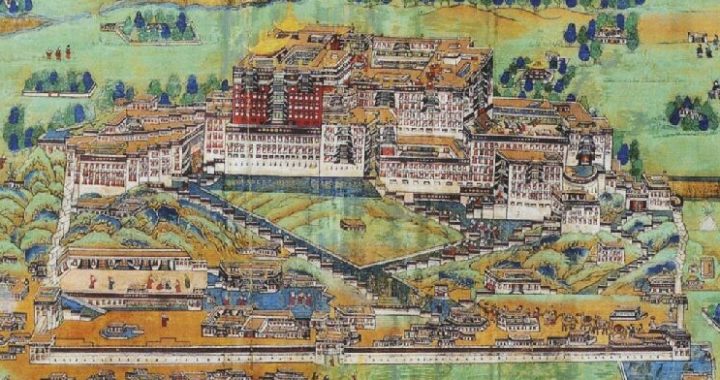Architecture of Castle-Palaces Style
2 min readThe architecture recommends itself by being in harmony with the surroundings and embodying distinctive flavors.Tibetan constructions including the magnificent palaces and the Buddhist temples are all in tune with the surroundings and the local cultural activities,such as the temple fairs and the like.Roughly speaking,the elements which have profound influences upon Tibetan constructions fall into the following aspects:one is the wide-spread Tibetan Buddhist culture as reflected in the fact that Tibetan temples were constructed based on the Buddhist organizations and agencies;the second is the harmony between the Tibetan constructions and the plateau geography,which lends special charm to Tibet.In general,the Tibetan temples and palaces fall into the following categories.
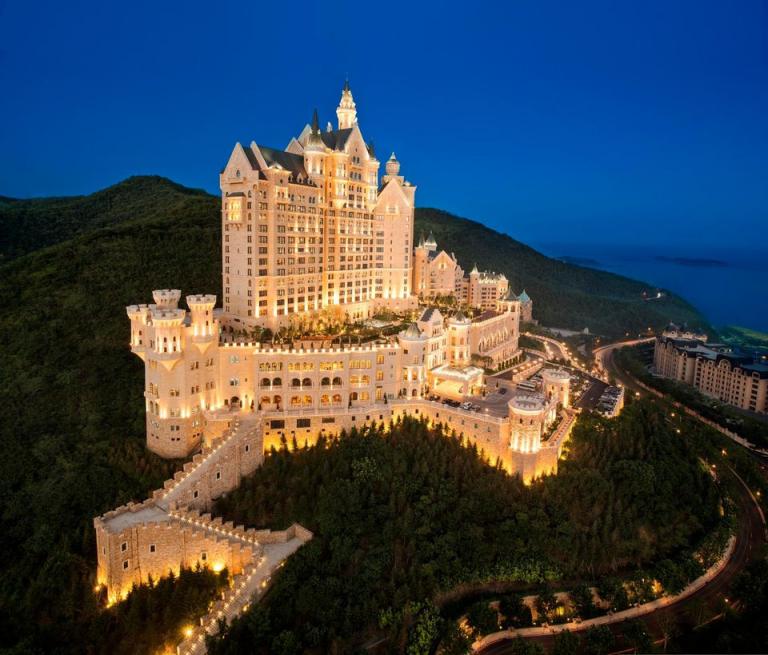
Roughly speaking,the elements which have profound influences upon Tibetan constructions fall into the following aspects:one is the wide-spread Tibetan Buddhist culture as reflected in the fact that Tibetan temples were constructed based on the Buddhist organizations and agencies;the second is the harmony between the Tibetan constructions and the plateau geography,which lends special charm to Tibet.In general,the Tibetan temples and palaces fall into the following categories.
The architecture in the form of castles and palaces was inherited from the ancient times,best representing the regime integrating politics and religions.
Having been constructed by the mountains,the resplendent palaces appear to climb the mountains level by level,lofty and majestic.Those constructions dated back toas early as the”Yumbulagang”period of the Yalong tribes 2000 years ago.According to relevant documents,the”Yumbulagang”situated atop a knoll at Naidong County,Shannan Prefecture of Tibet was built by the first Tubo King Nyatri Tsenpo as the first royal palace in Tibet.It was a three-story building with the bottom two stories converted into Buddhist temples and the top one a cloister against a multistory watchtower.
Through renovations and reconstructions,these buildings’original flavor has been maintained.It is not difficult to imagine that the ruler had the palace built atop such a place partially as a military strategy to protect the territory and deter the intruding troops.In this sense,this palace site provides a kind of inspiration to the following generations in choosing a proper site for a palace.Tibetan castle-palaces built in recent decades are even more reflective of the integration of politics and religions,and more magnificent in scale and appearance,of which Potala Palace is most representative.
